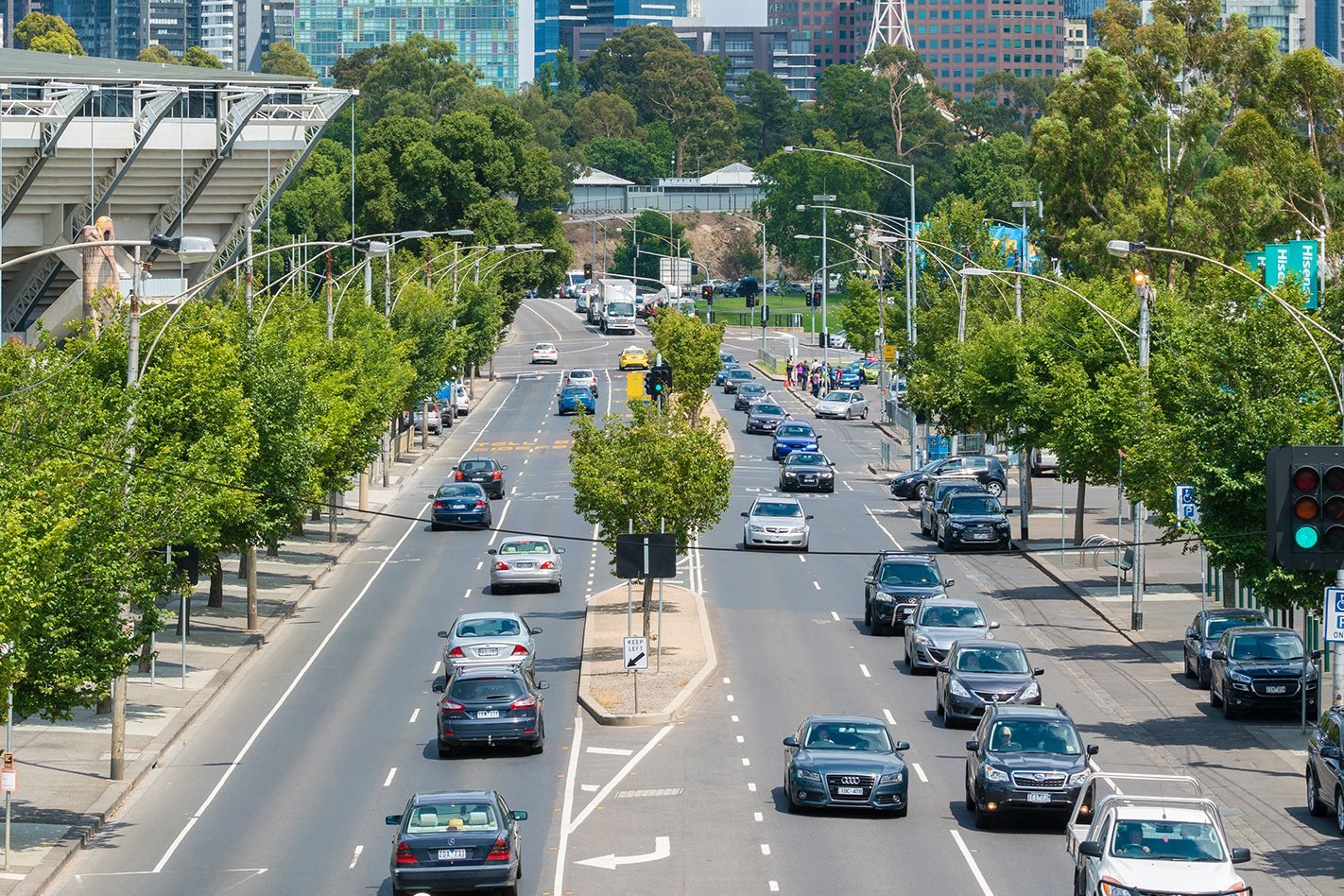Big Brother is watching you, Melbourne.
If you drive, cycle or even walk along the streets, your every move is being recorded into a black box that will allow VicRoads and other parties to analyse the recordings.
Mind, we’re not talking about every nook and cranny on the street – yet – but Melbourne has launched a number of connected-everything programs that can record sensor, camera and cellular information.
In one of those projects, VicRoads is leading a first-of-its-kind system in Australia using sensors to detect vehicle and pedestrian movements.
According to VicRoads vehicle and motorcycling policy manager, James Soo, it is a technology that’s not in use anywhere else in the country.
“That particular project is with Omni-Aware and is a consortium of partners we work with,” Soo told Wheels.
“We’ve invested $2 million for them to install an array of Lidars, which are basically laser sensors on an intersection that would help detect all roads users, how they interact, and help identify near miss and potential collisions so that you can also create a safety warning message to the driver.
“It is really one of the groundbreaking types of technology that no one else has actually entered into. Not sure about the world, but definitely in Australia. We haven’t heard of something else happening in this space.”
As further clarification, the data will be collected in a ‘black box’ according to a statement from VicRoads:
“Black box functionality will improve safety and prevent future crashes by allowing VicRoads to closely analyse data collected, the factors that contributed to accidents and seeing how these incidents could be prevented in the future.”
The term black box also describes a device that will be fitted to new cars soon. Following European Union and United Nations legislation, Australia is in line to make some of the same technology mandatory in new cars such as alcohol and drug detectors, speed limiters and a device that records all of that information.
The sudden introduction of data recording devices in the automotive industry is bringing a bevy ideas for the way it can be used, but there are concerns over privacy. In some instances it is not clear where the information is stored, or how and with what security it is kept.
Melbourne University is also championing a world-first program named AIMES (Australian Integrated Multimodal EcoSystem). It is described as “a world-first living laboratory based on the streets of Melbourne.”
In a 101 video, the University of Melbourne says that using a “mesh of smart sensors, we’re connecting and tracking the movement of individual pedestrians, cyclists, and multimodal traffic to the cities transport system of intersections, tram ways, bus and traffic signals.”
The program is operated in close collaboration with government and leading Australian and global industry partners.
Soo says that the first AIMES area in Carlton is a segway to creating a driverless urban environment.
“There are test beds that are available, there is the AIMES test bed that is in Victoria right now in Carlton which we are partner of. It is worth noting that Victoria is the only state that has a permit scheme that allows autonomous cars on our roads so we just launched the ADS permit scheme late last year that allows for high level technology, a high level of automated driving to be on our roads.
“We obviously go through an intensive safety management plan to understand what they are going to be doing and work through that.”
“That’s an area we are heavily focused on, we are very active in working with the National Transport Commission, the NTC, in working to develop the future regulation reform on autonomous vehicles. We definitely hope this trial plus all the other trials we are conducting will better inform us to develop this reform.”
The newly found need to introduce driverless vehicles quickly in Australia is bringing with it a crossover between collecting the data a driverless car needs to operate autonomously and tracking the habits of real drivers without consent.
Recently, VicRoads partnered with Telstra and Lexus to trial 4G cellular vehicle-to-vehicle and vehicle-to-infrastructure technology. The technology is able to use the data collected from vehicle and pedestrian monitoring and communicate with vehicles.
“We will be operating on metropolitan roads as well as the regional roads, so metro roads will be around the CBD and South Melbourne area and the regional roads will be just north of Geelong.
“Having done it on the test track is one thing but having to understand the other aspect of it we have to understand the limits of the technology.”





